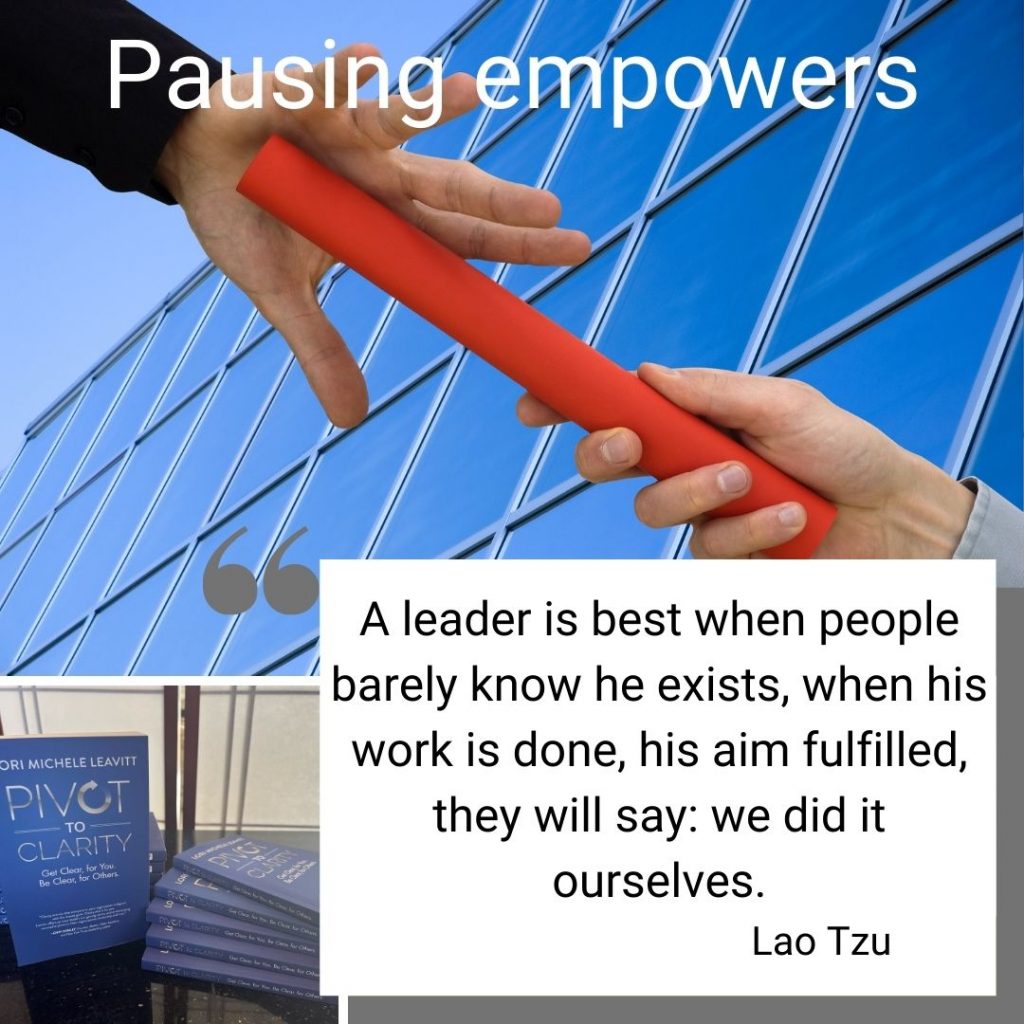
Dear readers! The posts you see here, as well as more recent posts, can now be found at https://lorimicheleleavitt.com/blog.
If you are already subscribed, you do not need to re-subscribe.
If you are not yet subscribed, you can still do so on this page (at the right) or go to the link above and see “Join Collaborative Action” in the left navigation bar.
After joining the blog, you’ll receive a post summary, usually once per week, on Wednesday 6am PST.
If you want to guest post, interview or quote me, or talk about this blog, just send an email to: lori[at]collaborative-action[dot]com.
I look forward to sharing with you!








